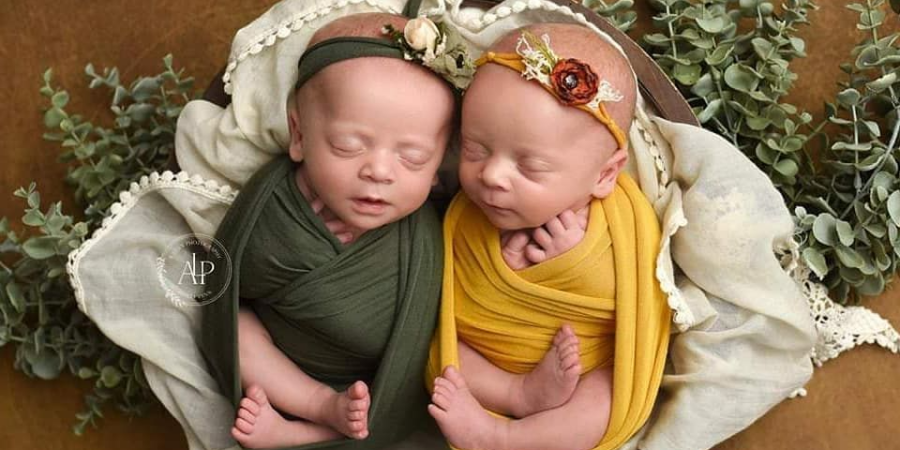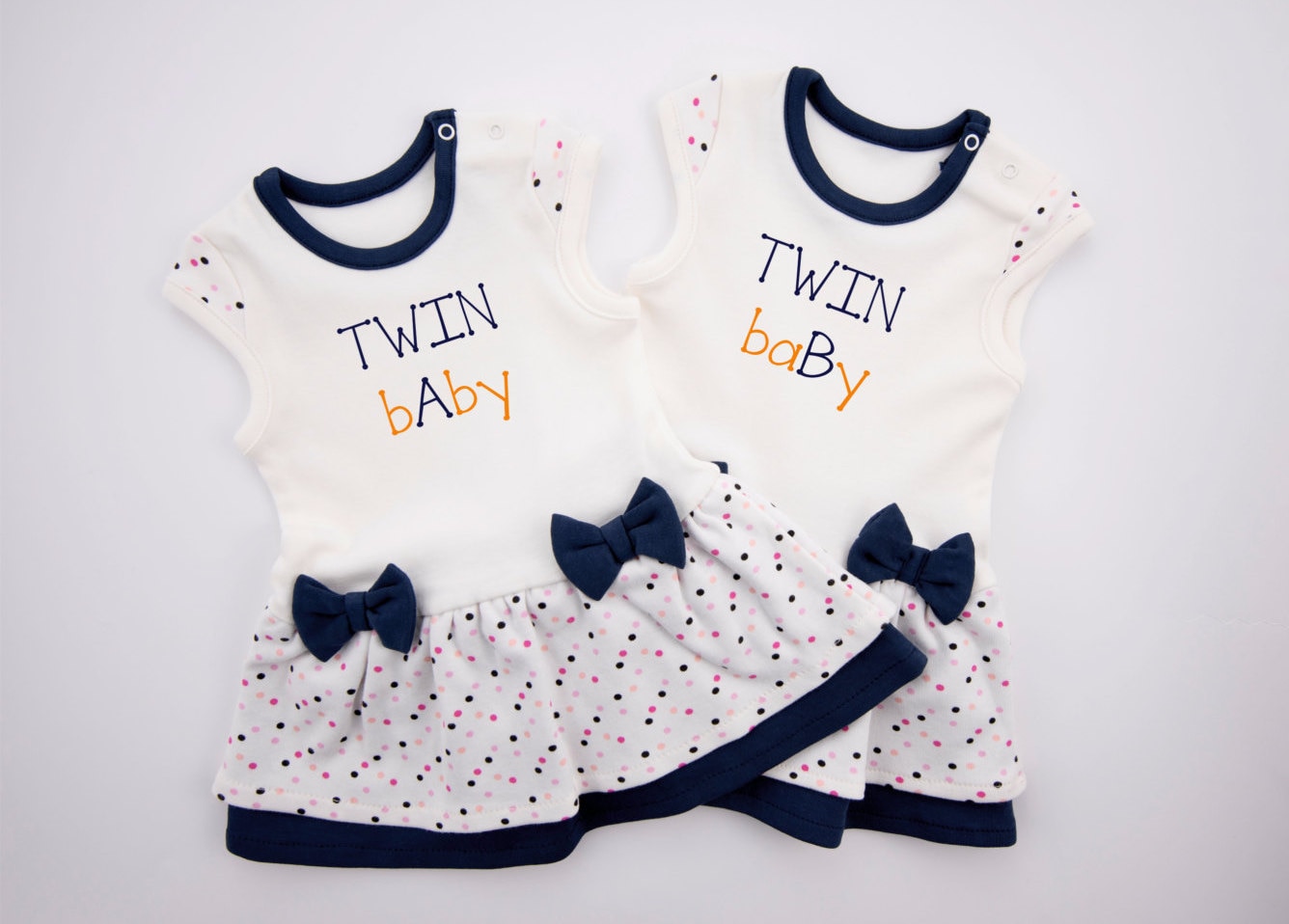

Have you ever wondered
What it's like to have twins?
Do you know anyone who does?
It's a fantastic experience that brings double the delight and excitement. Whether you're expecting twins, already have them, or are simply interested, learning about twins may be both entertaining and intriguing. In this blog article, we'll look at the many sorts of twin infants, what raises the odds of having twins, and some interesting facts about what makes twins unique.

Identical twins, also known as monozygotic twins, occur when a single fertilized egg splits into two embryos. These twins share the same genetic material, which means they look very much alike and are of the same sex. Identical twins are relatively rare, occurring in about 3 out of every 1,000 births.
Fraternal twins, or dizygotic twins, happen when two separate eggs are fertilized by two different sperm cells. Unlike identical twins, fraternal twins can be of the same sex or different sexes and do not look exactly alike, as they only share about 50% of their genetic material, just like any other siblings. Fraternal twins are more common than identical twins.

One of the key factors that can increase the likelihood of having twins is genetics. If twins run in your family, especially on the mother’s side, there is a higher chance of conceiving twins.
Older mothers, particularly those over the age of 30, are more likely to have twins. This is because older women are more likely to release more than one egg during ovulation, which can result in fraternal twins.
Fertility treatments such as in vitro fertilization (IVF) or ovulation-stimulating medications can significantly increase the chances of having twins. These treatments often lead to the release of multiple eggs, increasing the likelihood of multiple pregnancies.
Many twins, especially identical twins, develop their own form of communication, often referred to as "twin language" or cryptophasia. This unique language is typically a mix of sounds, words, and gestures that only the twins understand.
The number of twin births has increased significantly over the past few decades. This rise is attributed to factors like the increased use of fertility treatments and the trend of women having children later in life.
Studies have shown that twins start interacting with each other as early as 14 weeks into the pregnancy. They touch and play with each other in the womb, forming a bond that often lasts a lifetime.
Twin babies are truly extraordinary, with unique characteristics and fascinating dynamics. Whether they are identical or fraternal, twins bring double the joy and double the love to families. Understanding the factors that contribute to having twins and some interesting facts about them can make the journey of parenting twins even more special.

"Twin babies are a double dose of delight, bringing twice the laughter, twice the snuggles, and twice the adventure, but also requiring twice the love, care, and devotion to raise them to be the best versions of themselves."
